Mental healthcare issues need to be addressed in earnest

AN INCREASE in the number of people with mental disorder, a poor access to treatment and the associated social stigma come with worries. The National Mental Health Survey of Bangladesh 2018–19, conducted by the Directorate General of Health Services and the World Health Organisation, finds 16.8 per cent of the adult population and 13.6 per cent of the children to be suffering from mental disorder. Compulsive and consistent sense of insecurity, depression, anxiety, loneliness, pain and fatigue are listed as major causes of the disorder in the adult while neuro-development problem and anxiety are major causes in the case of children. The situation looks further worrying as most of the patients — 92.3 per cent of the adults and 94.5 per cent of the children — are out of treatment coverage. The survey also shows that urban people are more prone to mental disorder than their rural fellows, with 18.7 per cent of urban people suffering from the disorder compared with 16.2 per cent of rural people.
Unavailability of and poor access to treatment, coupled with the social stigma associated with mental disorder, have made the mental health scene upsetting. Patients with mental illness are highly stigmatised — 18.9 per cent of the adult male patients and 13.88 per cent of the adult female patients are stigmatised for their mental disorder, as the survey says. Even those who seek treatment for disorder face difficulties in the absence of adequate medical facilities. There are only 250 mental health doctors for 160 million people. The amount of money that the government spends on mental health services is less than 1 per cent of the total healthcare expenditure. In such an acute shortage of specialist doctors and facilities, patients often end up having wrong treatment that can have highly adverse effects. The survey finds that only 39 per cent of the patients who seek treatment visit mental health doctors while 23 per cent go to other doctors, 2.2 per cent to homoeopaths or ayurveda practitioners, 2.2 per cent to specialised hospitals, 24.2 per cent to general public hospitals, 5.5 per cent to general private hospitals and 2.2 per cent consult folk healers.
Realising the gravity of an increased number of patients with mental disorder and inadequate treatment facilities, the government must put in concerted effort to better the mental health scene. An extensive awareness campaign, the distribution of education and communication materials, an extensive training of public healthcare staff and introduction of mental health units in district-level hospitals can be a good beginning. The formulation of a national mental health strategy is also a must.





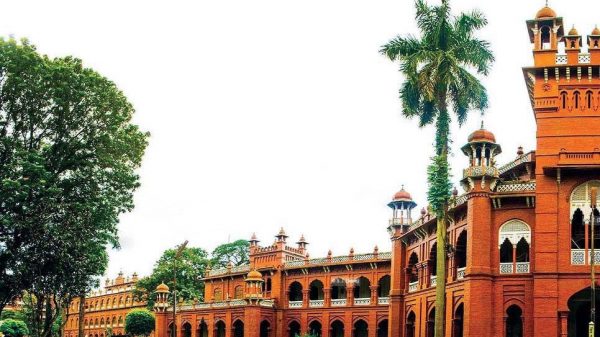
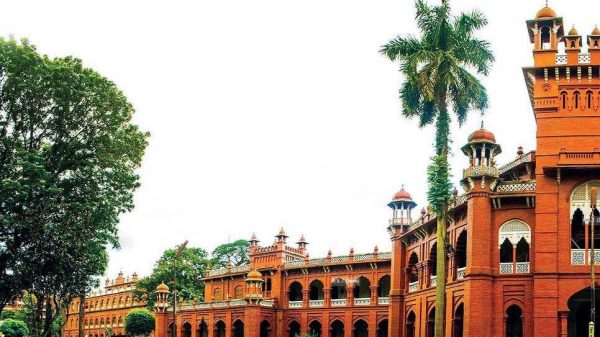

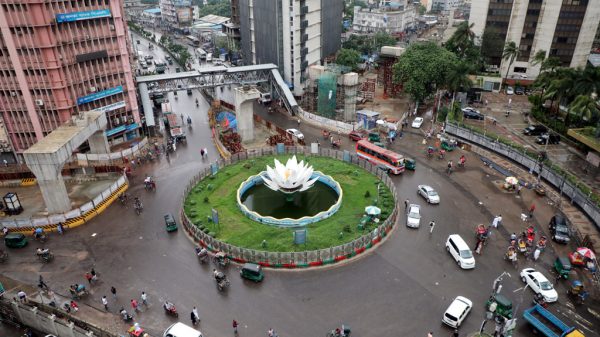
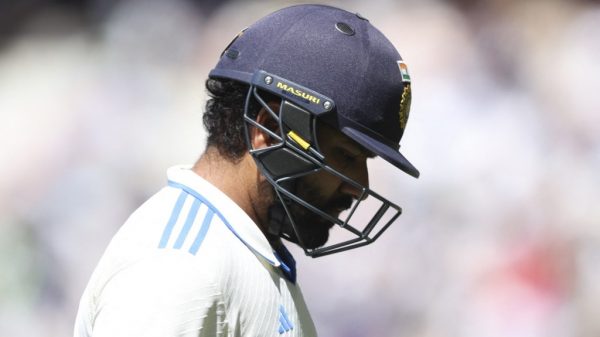


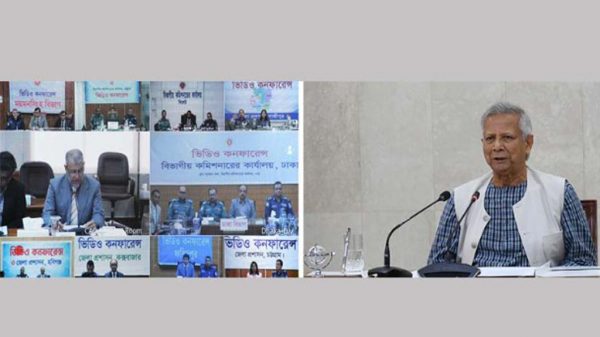
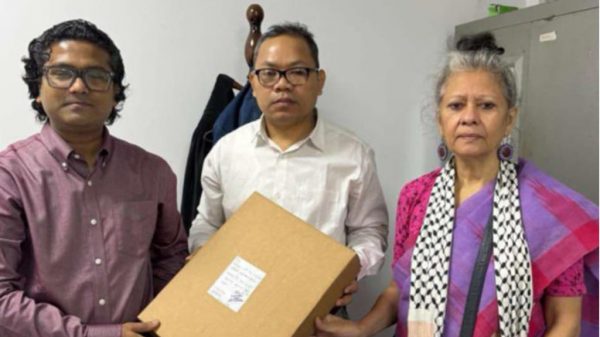
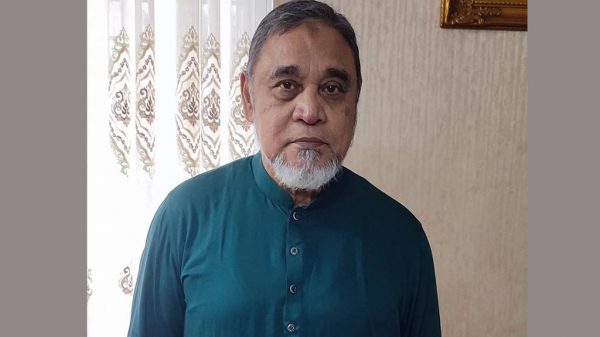











Leave a Reply